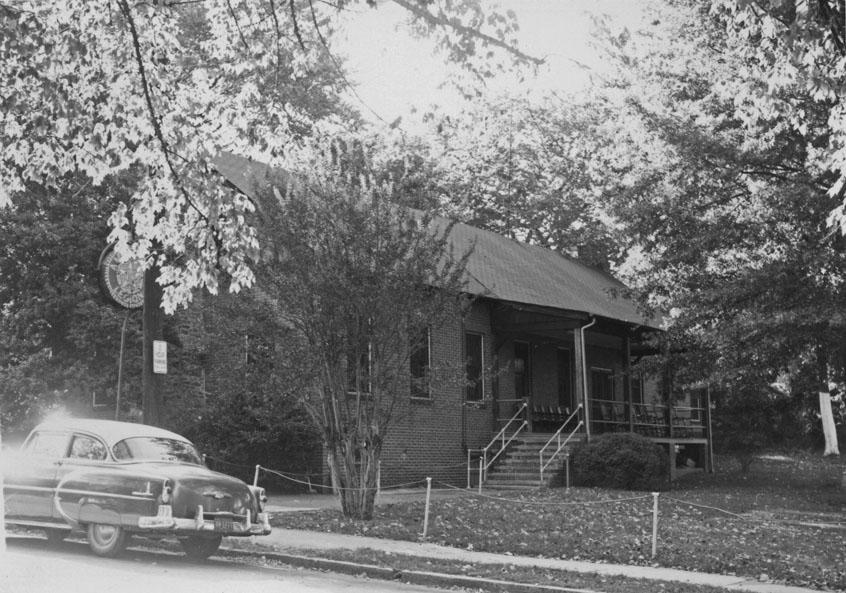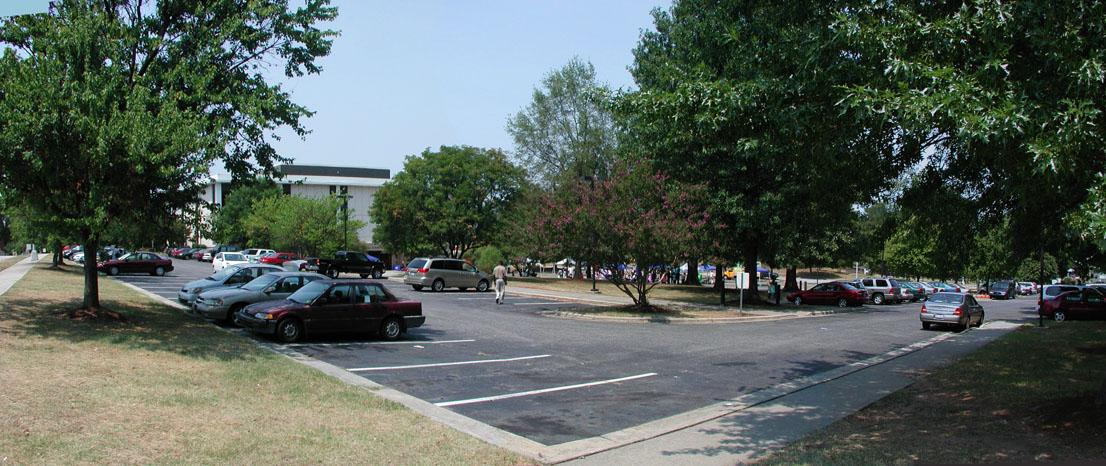Support OpenDurham.org
Preserve Durham's History with a Donation to Open Durham Today!
OpenDurham.org is dedicated to preserving and sharing the rich history of our community. Run by our parent nonprofit, Preservation Durham, the site requires routine maintenance and upgrades. We do not ask for support often (and you can check the box to "hide this message" in the future), but today, we're asking you to chip in with a donation toward annual maintenance of the site. Your support allows us to maintain this valuable resource, expand our archives, and keep the history of Durham accessible to everyone.
Every contribution, big or small, makes a difference and makes you a member of Preservation Durham. Help us keep Durham's history alive for future generations.



Comments
Submitted by Jon (not verified) on Thu, 12/6/2007 - 2:38am
One perk of all my business travels is my ability to see how other cities have treated their downtown/urban core.
In the last 2 weeks, I've been in Birmingham AL and Kansas City MO. Since reading recent posts, I've tried to notice how "connected" these downtown areas are.
I must say, poor connectivity between different portions of downtown Durham seems to be the biggest contributor to the "blight" feeling around Morgan Street and east of Roxboro.
Smooth transitions from office to commercial to warehouse (etc) really creates a more welcoming feel to the area. These transitions even help when there is a 4 lane (two way) street dividing the downtown in half, as in KC.
Also, I noticed smooth transitions and vibrant neighborhoods really helps 60's-70's buildings and the infrequent empty lot blend into the streetscape. I think the Mutual Bank bldg on Chapel Hill St is a prime example. Compare that with the Judicial bldgs on Roxoboro. Quite a difference.
IMHO, the tranistions from the heart of downtown Durham to Central Park and east of Roxboro must be improved if our urban center is to continue to prosper.
One last note...EVERY city I visit has one feature Durham doesn't have.....FREE PARKING in city garages at night and on weekends!! Maybe City Council should get a clue and join the club!
Submitted by Joseph H. (not verified) on Thu, 12/6/2007 - 2:52am
I think the American Legion building looks nice, but I can't really put my finger on why I like it.
Jon: The deck on E. Chapel Hill St. does in fact have free parking at night; weekends I'm not sure about.
Submitted by Marsosudiro (not verified) on Thu, 12/6/2007 - 3:10am
By the by on the library -- there have been some very preliminary discussions of moving the library into the center of downtown on the "green wall of paint" lot just east of the CCB tower.
Various folks from the extended DDI community have expressed excitement about bringing the library downtown. I'm not sure what they've discussed about parking, but early looks apparently indicate that there's enough room to park library patrons in the heart of downtown.
According to some publicly released comments, the folks at the Library think it's a great idea to look at, especially considering that the main library building is starting to get run down and in need of renovation. But they are far from making any commitments.
Submitted by Andrew (not verified) on Thu, 12/6/2007 - 12:36pm
Phil, you may already know how many Durham advocates feel about moving the library. Gary touched on it in his original posting on this facility.
Gary, the buildings in today's post looked great in the 1960s. Do you know what the rationale was for taking them during urban renewal? Based on these photographs, it doesn't seem like the City could just claim it was a blighted area in need of fixing. Heck, there's even a gentleman in a suit in the one shot. Was this area simply politically powerless?
--ASE.
Submitted by Gary (not verified) on Thu, 12/6/2007 - 2:05pm
Thanks Andrew, I was going to find my post about moving the library - needless to say I think it's a bad idea, although I agree with what I think Phil is getting at - that parking seems disappear as an issue if the library is located on Corcoran.
After looking at ~1200 or so of these urban renewal appraisals, Andrew, I can firmly state/conclude that blight had nothing to do with it. Although, like today's demolition activities, blight is used as the motivation, and true blight exists, once the door was opened to large-scale demolition activity, the true ambition became something much larger - the re-shaping of Durham into something that government felt would be modern and economically successful.
There were blighted houses in terrible condition torn down during urban renewal - the intent of the program. My rough guess would be that these were about 10% of the total.
GK
Submitted by Michael Bacon (not verified) on Thu, 12/6/2007 - 4:43pm
Jon,
Interesting comments, particularly in regards to the 4-lane street.
One of the disadvantages downtown Durham has had, which I think was an additional motivator behind the Tarrant plan, is that all of its streets, including the main arteries, are rather narrow. There's nothing comparable to, say, the various avenues in New York, Canal St. in New Orleans, or even Franklin St. in Chapel Hill. Roxboro going through downtown seems oceanic, but in reality, the actual paved width is five travel lanes, where as Franklin St. has four travel lanes plus on-street parallel parking on each side. Needless to say, Franklin St. feels smaller, but if you ever tried to make Roxboro St. follow that model, the DOT folks would complain about capacity. And Roxboro is probably the widest street we have downtown.
One thing I wish we had in Durham (but don't want to radically alter our streetscape just to get) would be a kind of big, wide, grand avenue, perhaps not quite on the scale of the Champs Elysees but that kind of idea. Maybe in 15 years, the next time we bulldoze South Square, we could do something like that along the Boulevard.
Add new comment
Log in or register to post comments.